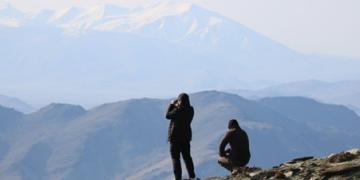Enhancing regulation and strengthening cooperation across government levels for effective law enforcement
Developing a public database to track biodiversity finance, improve accountability, and ensure that governments’ expenditure responsibilities are met
Nationwide capacity-building and awareness-raising for environmental budgets’ planning, implementation, monitoring, and reporting
